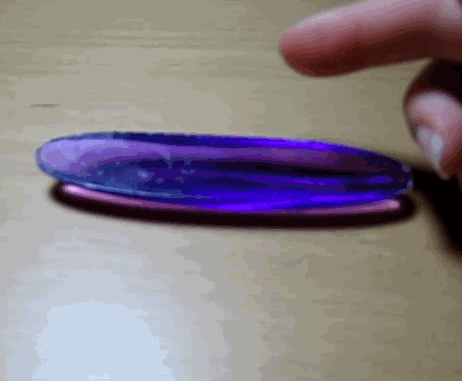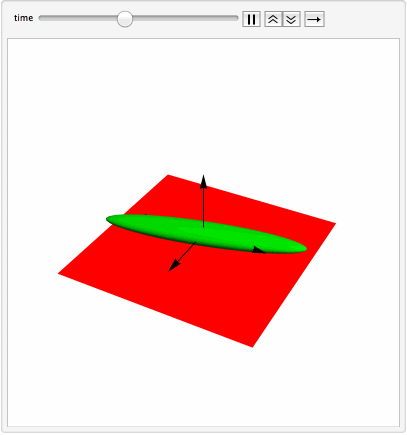Notebook is attached to this post. A rattleback is a semi-ellipsoidal top which will rotate on its axis in a preferred direction. If spun in the opposite direction, it becomes unstable, "rattles", stops and reverses its spin to the preferred direction.

This spin-reversal appears to violate the law of the conservation of angular momentum. Moreover, for most rattlebacks the motion will happen when the rattleback is spun in one direction, but not when spun in the other. Some exceptional rattlebacks will reverse when spun in either direction. This makes the rattleback a physical curiosity that has excited human imagination since prehistorical times.
Wikipedia Link References: Link

 Attachments:
Attachments: